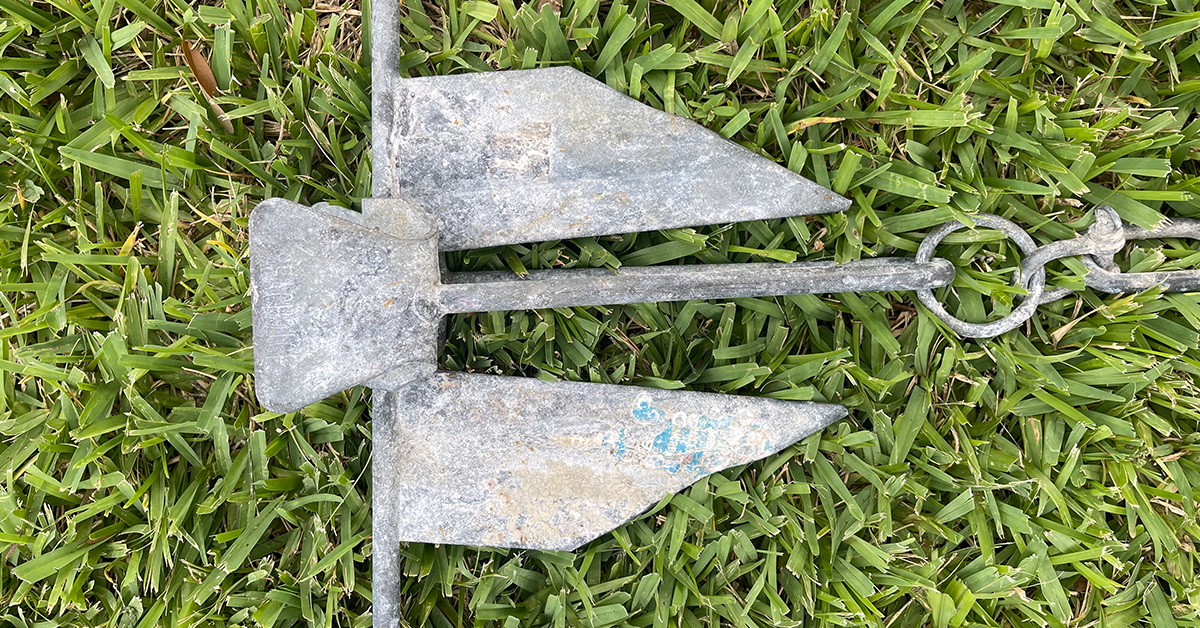Common Danforth Fluke Anchor Results (Underwater Footage From Anchor Test)
- By: Joseph Simonds
- on
- Found In: Boat Anchoring, Boating Tips

It’s anchor time!
If you’re reading this then that means you found our “Best Boat Anchors” blog post and wanted to see how the actual anchors did underwater.
Well, you came to the right place.
Below you will see the footage we captured while doing the underwater anchor experiment.
Enjoy.
Note: to go back to the main Anchor post, click here.
Introduction To The Common Danforth Fluke Anchor Test
Soft Sand, Short Chain
Soft Sand, Long Chain
 Click here to see the full anchor course experiment
Click here to see the full anchor course experiment
 Click here to join the Insider Club
Click here to join the Insider Club
Related categories:
STOP WASTING TIME ON THE WATER!
Do what the “SMART ANGLERS” are doing and join the Insider Club.
Here’s what you’ll receive today when you join:
- Weekly fishing reports and TRENDS revealing exactly where you should fish every trip
- Weekly “spot dissection” videos that walk you through all the best spots in your area
- Exclusive fishing tips from the PROS you can’t find anywhere else
- Everything you need to start catching fish more consistently (regardless if you fish out of a boat, kayak, or land).










I think you have given the fluke anchors short shrift in terms of anchors. IMHO, it is not as bad as you make it out to be. But you do have to understand how to set it.
You have to set a fluke anchor intelligently. It will not grab until it sits flat, then you have to jiggle it to get it to grab, and not put a lot of strain on it until it does dig in. If you are drifting back, you have to pay out line so that it is not dragging when you are trying to get it to first dig in.
It definitely will not hold with a 3 to 1 scope. No anchor should be expected to to do that except in mild circumstances. If you are asking an anchor to hold under a bridge in fast current a 3 to 1 scope you are asking a lot. Note that Chapman’s suggests the shortest scope should be 7 to 1, so your 3 to 1 test for fishing is asking a lot of any anchor. In New England, I have used 10 to 1 for severe conditions.
You also need, as you say, a significantly heavy anchor. I have used a 14 pound anchor for a 22-foot lobster boat and it has held in significant wind, when lighter anchors would not.
As you say, every anchor is a compromise among several criteria, and needs to be tailored to the specific purpose. Despite my complaints, I applaud your tests. It is great to see the various anchors in use. Clearly the Bruce anchor is the most forgiving anchor for beginners.
This really surprised me! “Worst anchor ever…”